The night sky in October 2025 is offering skywatchers around the world a celestial double feature. Two of the year’s most anticipated meteor showers — the Draconids and the Orionids — will peak this month, giving amateur stargazers and astronomy enthusiasts alike a chance to witness streaks of light racing across the heavens.
While each shower has its own unique origin and characteristics, both promise to bring moments of wonder for those who take the time to look up.
What Are Meteor Showers?
Meteor showers happen when Earth crosses paths with debris streams left behind by comets or asteroids. Tiny particles — some no bigger than grains of sand — slam into Earth’s atmosphere at thousands of kilometers per hour, burning brightly as they disintegrate. These fleeting streaks are what we call shooting stars.
Each shower appears to radiate from a specific point in the sky, known as the radiant, which gives the shower its name. For example, the Orionids appear to originate from the constellation Orion, while the Draconids radiate from Draco, the dragon.
The Draconids: A Quick but Unpredictable Display
The Draconid meteor shower occurs every year in early October and is linked to the periodic comet 21P/Giacobini-Zinner. In 2025, the Draconids are active from October 6 to October 10, peaking on the night of October 8.
The Draconids are unusual because they are often best seen in the evening hours, unlike most meteor showers that are more active after midnight. This makes them more accessible to casual observers and families with young stargazers.
However, the Draconids are also known for their unpredictability. Some years produce just a handful of meteors per hour, while in rare “outburst” years, observers have reported hundreds or even thousands per hour.
For 2025, astronomers expect a relatively modest display — around 5 to 10 meteors per hour under dark skies. But with meteor showers, surprises are always possible.
Viewing Tips:
- Head outside shortly after nightfall on October 8.
- Look toward the northern sky, where Draco’s radiant is located.
- Be patient — meteors often come in bursts rather than steady streams.
- Note that this year’s nearly full moon may reduce visibility of fainter streaks.
The Orionids: A Reliable Show Linked to Halley’s Comet
Later in the month, the more famous Orionid meteor shower will take center stage. The Orionids, active from October 2 through November 7, will reach their peak between October 21 and October 22.
The Orionids are fragments of one of the most iconic objects in astronomy — Halley’s Comet. As Earth moves through the trail of debris left behind by the comet’s centuries of passes through the solar system, dozens of meteors flash across the sky.
In a typical year, the Orionids produce 10 to 20 meteors per hour, with meteors known for being bright, fast, and long-lasting, often leaving glowing trails in their wake. Occasionally, observers are treated to dazzling fireballs — exceptionally bright meteors that can momentarily light up the sky.
The best time to view the Orionids is after midnight until just before dawn, when the radiant in Orion climbs high overhead. In 2025, conditions are excellent because the peak coincides with a new moon, ensuring minimal light interference and dark skies for maximum visibility.
Viewing Tips:
- For best results, watch between midnight and 4 a.m. local time.
- Face east or southeast, where the constellation Orion rises.
- Avoid looking directly at the radiant — meteors can appear anywhere in the sky.
- Give yourself 20 minutes to adjust to the darkness.
How to Prepare for the Meteor Showers
Meteor watching requires no telescopes or fancy equipment — just your eyes, a dark location, and a bit of patience. But here are a few tips to make the experience more enjoyable:
- Find a dark site: Get away from city lights to maximize visibility.
- Dress warmly: October nights can be chilly, especially in rural areas.
- Bring comfort items: A reclining chair, blanket, or sleeping bag can make long viewing sessions more comfortable.
- Stay unplugged: Avoid using your phone, as the light ruins night vision.
A Month to Remember for Stargazers
October 2025 is shaping up to be a month of wonder for night-sky watchers. The Draconids will offer a chance to catch early evening meteors, while the Orionids promise a more spectacular late-night show under dark skies. Together, these showers connect us not just to the beauty of the cosmos but also to the legacy of comets that have been part of Earth’s skywatching story for millennia.
For those who take a moment to look up, the night sky will reward with flashes of cosmic dust burning across the atmosphere — reminders of just how alive and dynamic our solar system really is.

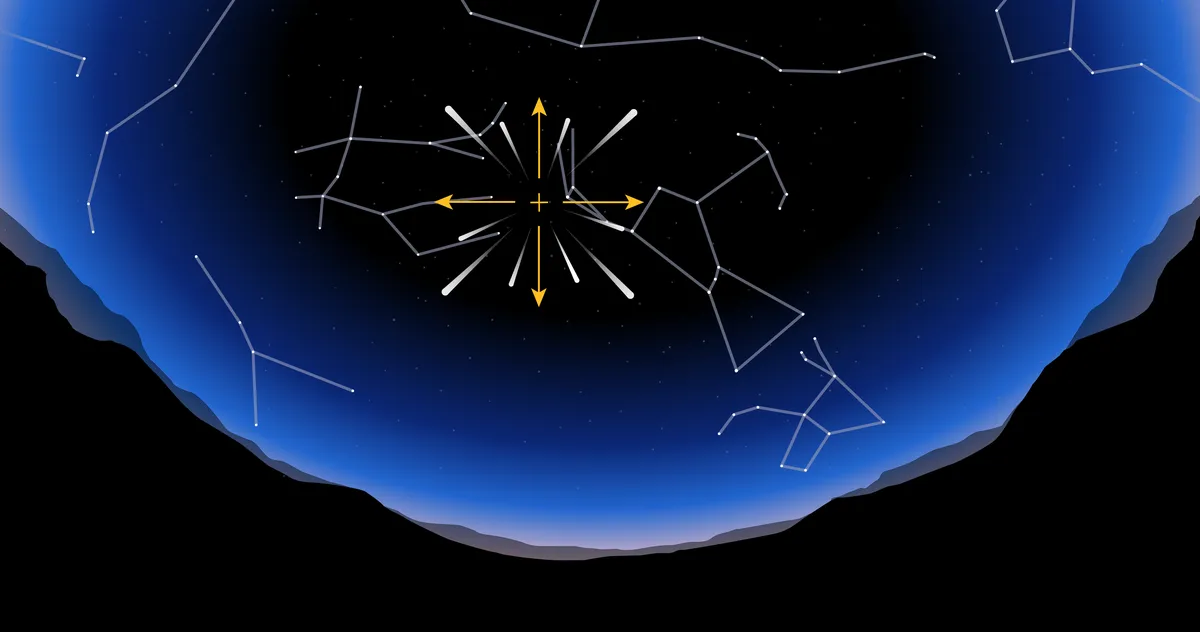




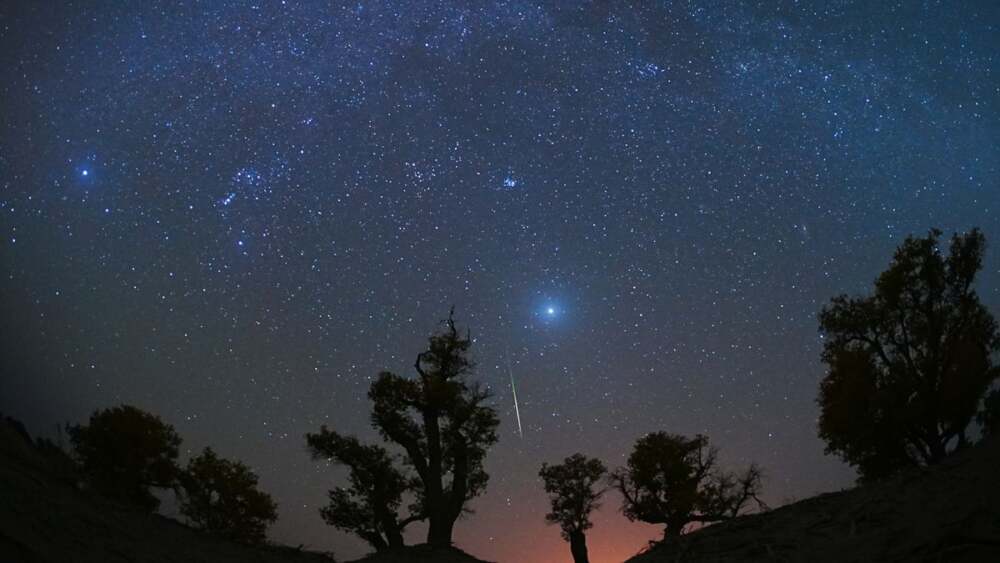
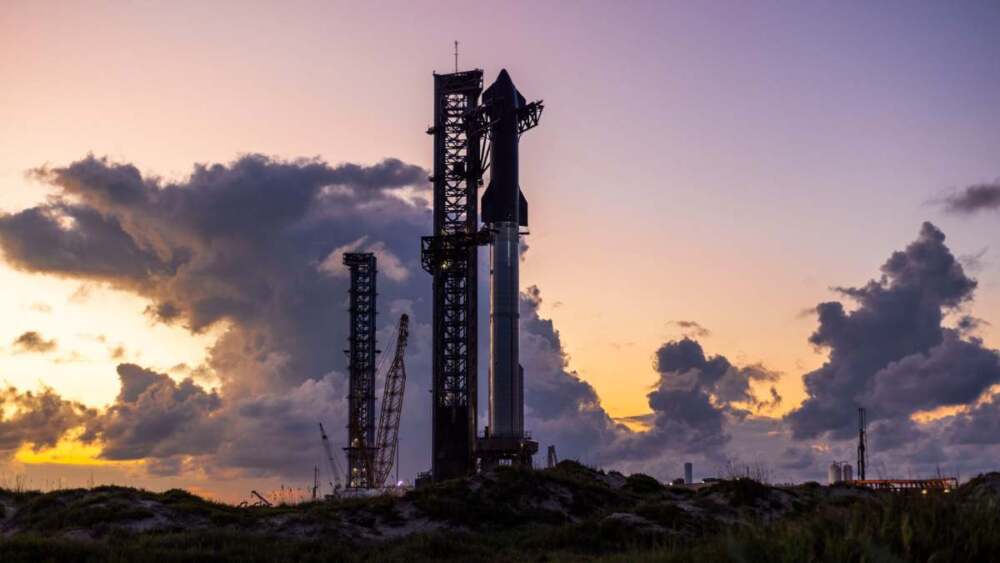
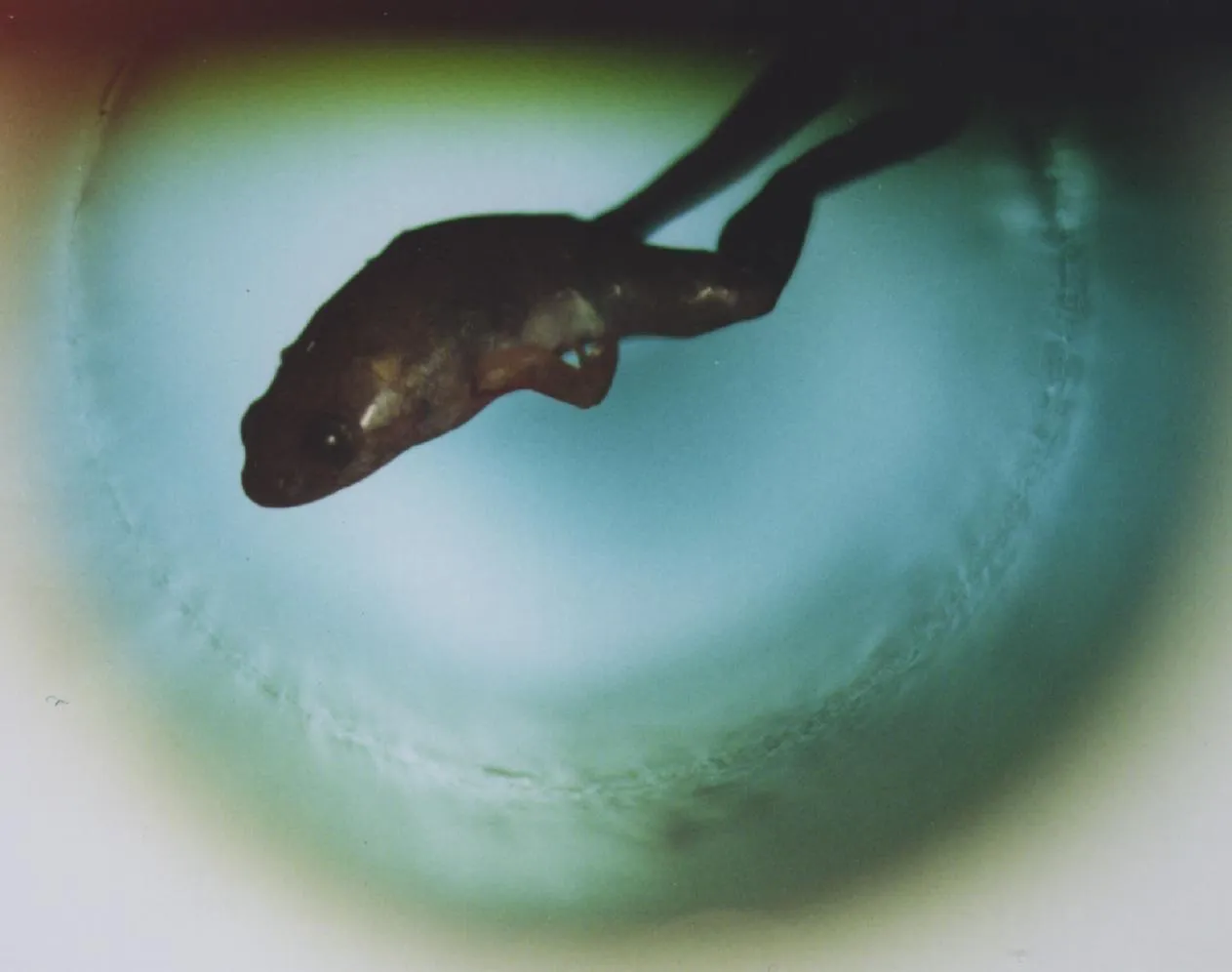
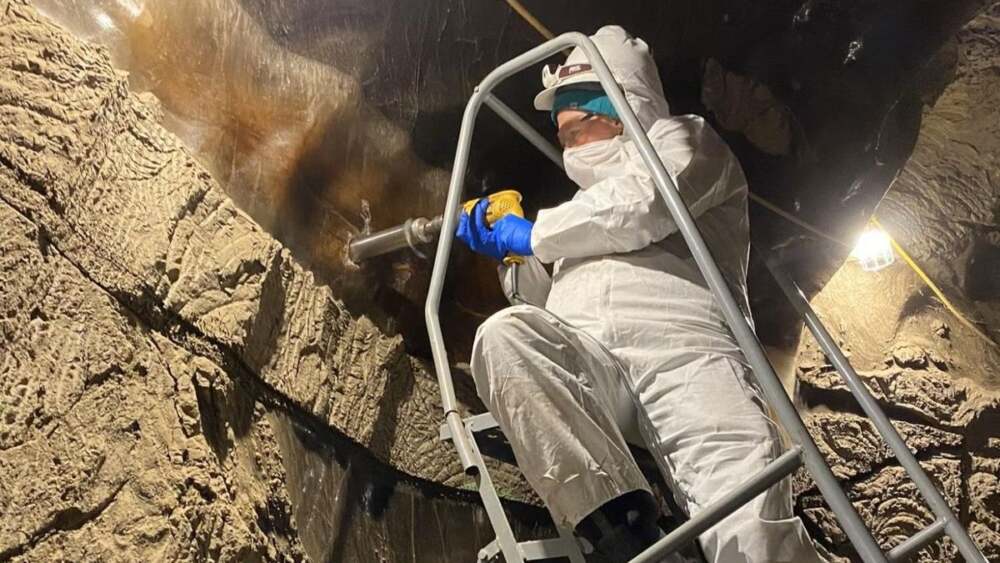
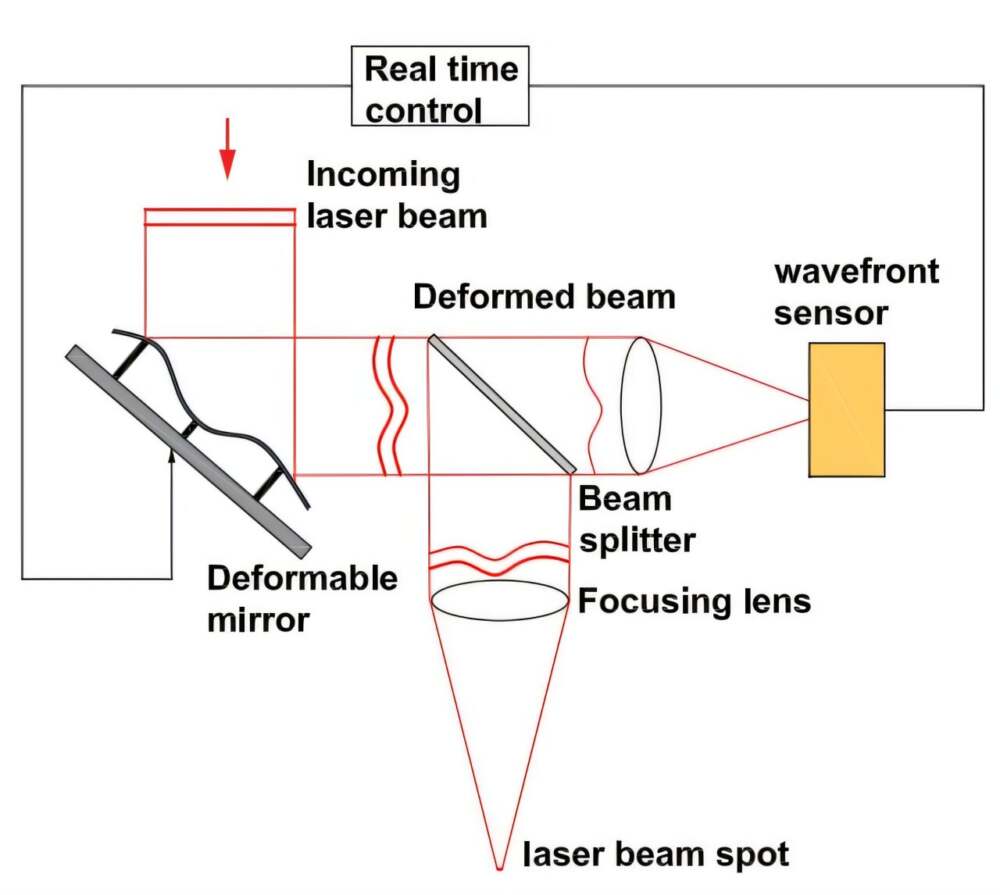
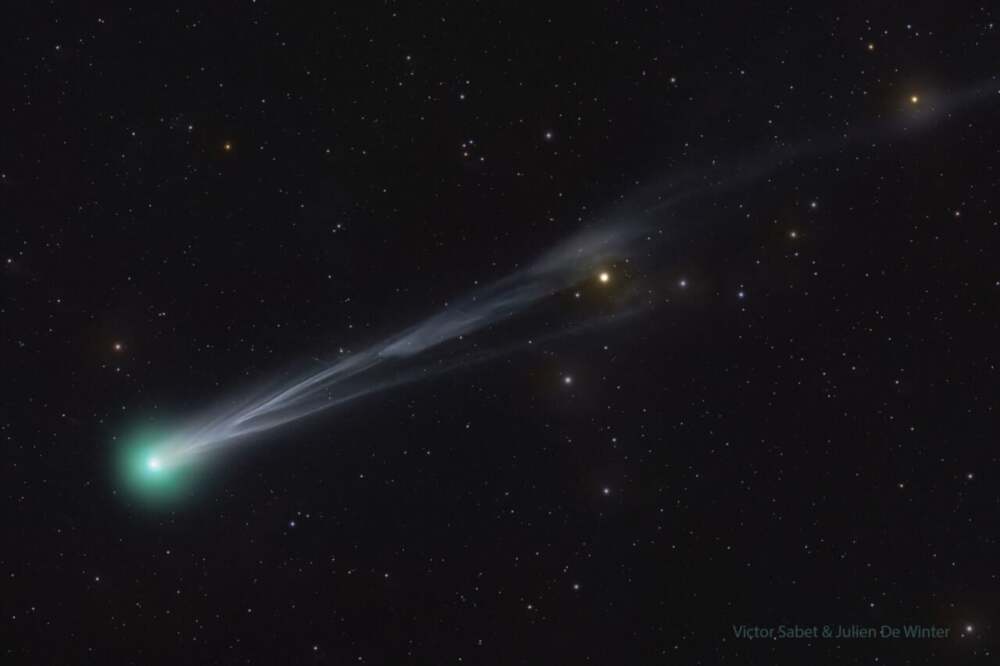
Leave a Reply